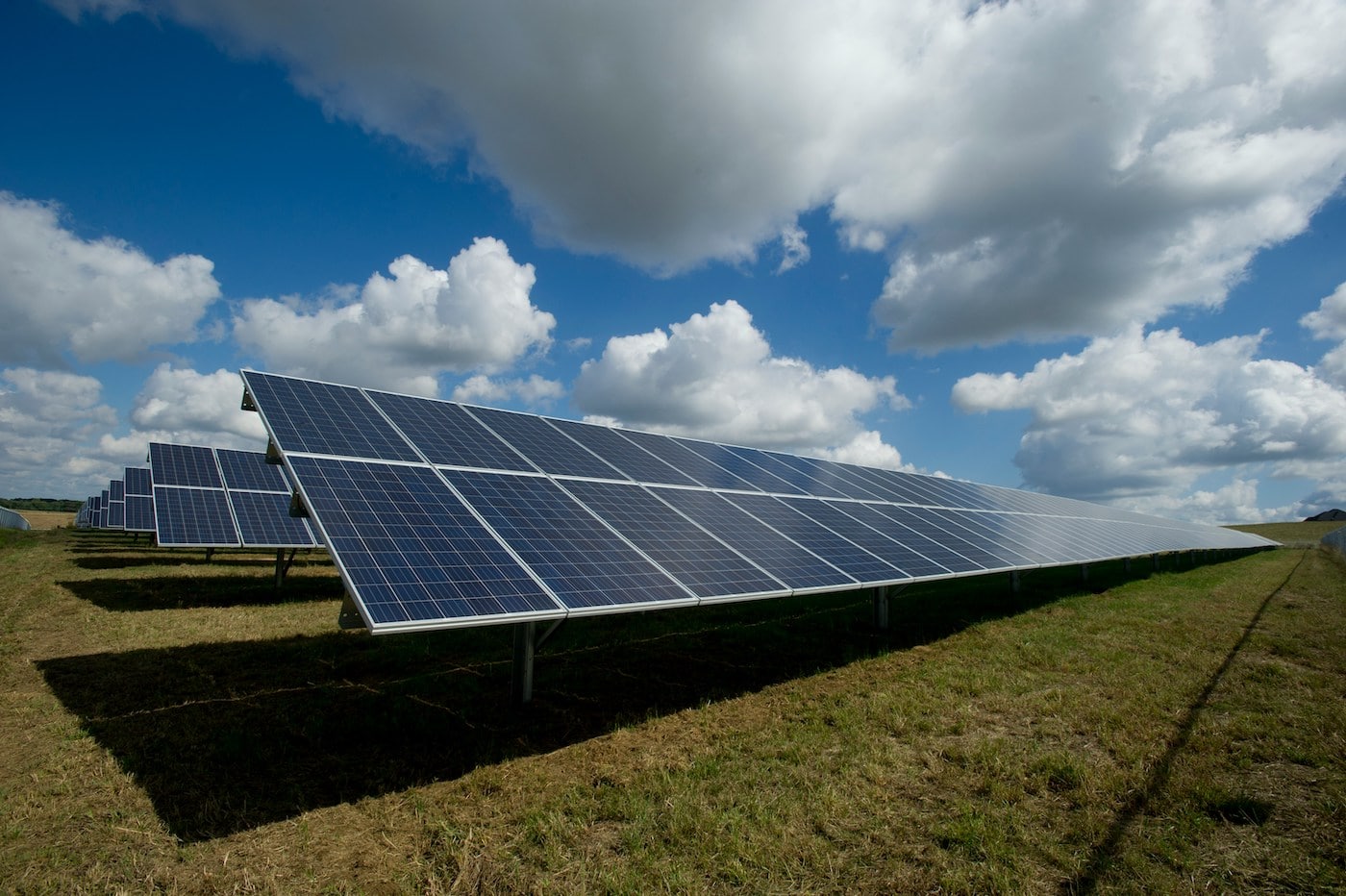Published on 21 February 2024
Monocrystalline or Polycrystalline: Which to Choose?

Monocrystalline or Polycrystalline: which solar panels are more efficient?
Photovoltaic panels come in different technologies, and those who decide to invest in solar energy soon face the choice between monocrystalline or polycrystalline panels, or even thin-film (amorphous) panels.
The short answer is that there is no universally “better” or “worse” type, but rather different characteristics that make each option more or less suitable for specific use cases.
Each of these technologies has its own unique features that can affect efficiency, cost, and appearance. Let’s take a closer look:
What’s the difference between monocrystalline and polycrystalline solar panels?
Monocrystalline
Monocrystalline solar panels are generally considered the most efficient among the three technologies. They have a higher conversion efficiency in turning sunlight into electricity compared to other types of panels.
Monocrystalline panels typically have a black or dark blue color and a more uniform appearance than polycrystalline panels.
They tend to be more expensive to produce, but their greater efficiency can offset the higher cost over time.
Polycrystalline
Polycrystalline solar panels are among the earliest types developed and remain popular today due to their reliability and relatively low cost.
These panels are slightly less efficient than monocrystalline ones, but the difference is often negligible for residential use.
They are usually recognizable by their deep blue color and less uniform crystalline structure compared to monocrystalline panels.
Polycrystalline panels are generally more affordable, making them a popular choice for those seeking good value for money.
Amorphous (thin-film)
Thin-film (or amorphous) photovoltaic modules offer an alternative to traditional silicon-based technology. These panels are made using thin layers of semiconductor materials such as cadmium telluride (CdTe), amorphous silicon (a-Si), or copper indium gallium selenide (CIGS).
Thin-film panels are known for their flexibility and light weight, making them ideal for curved or unconventional surfaces.
However, they usually have lower efficiency compared to crystalline modules and may be more prone to degradation over time.
Amorphous solar panels are available in various shapes and colors.
Want to buy used panels?
Go to the KTS marketplaceHow is solar technology evolving?
PERC, n-type TOPCon, and HJT are three innovative technologies applied to crystalline silicon solar cells to increase their efficiency and energy output.
PERC
PERC solar cells (Passivated Emitter and Rear Cell) are a type of monocrystalline silicon cell. The manufacturing process of PERC cells involves two additional steps compared to standard monocrystalline cells:
the addition of a rear layer
and the subsequent creation of openings in this second layer.
By focusing on the rear side of the cell as well, it has been possible to increase the conversion efficiency.
Since 2015, PERC technology has spread rapidly and was crowned the new king of the photovoltaic industry.
However, as PERC reaches its efficiency limit, other technologies like TopCon, N-HJT, and N-IBC are stepping in to further improve efficiency, relying on negatively charged silicon (N-type) as their core material.
TOPCon
N-Type TOPCon technology is an advanced method used in solar cells. The acronym "TOPCon" stands for Tunnel Oxide Passivated Contact, a technique that enhances cell efficiency by enabling charge carriers to pass through a thin oxide layer.
The term "N-Type" refers to the type of semiconductor material used in the cells.
This technology allows solar modules to reach efficiency levels up to 24%
How is N-Type TOPCon different from traditional solar cells?
N-Type TOPCon cells differ from traditional solar cells through the use of a thin oxide layer (the tunnel oxide) that facilitates smoother passage of charge carriers through the cell.
This reduces energy losses and increases overall efficiency.
HJT
Like TOPCon, HJT (Heterojunction Technology) represents a technological leap in the photovoltaic world.
This technology is applied to next-generation bifacial photovoltaic modules and allows solar cells to outperform traditional commercial panels. The efficiency of these cells can even exceed 24.5%.
Since this technology is applied to bifacial solar panels, they can capture light on both the front and rear sides.
This results in greater energy production, estimated at up to 30% more than traditional single-sided panels.
What are the best solar panels for photovoltaics?
The best solar panels for photovoltaics are TOPCon polycrystalline panels or HJT bifacial panels.
Some commercial panels on the market today can reach up to 25.2% efficiency, currently a record for a commercially available product.
Monocrystalline or Polycrystalline: which one to choose?
In short, the difference between monocrystalline and polycrystalline lies in the solar cell, the basic element of every module.
Monocrystalline panels are more efficient and more expensive than polycrystalline panels. Today, around 80% of photovoltaic systems are made using polycrystalline solar panels.
So which module is the right choice?
There is no universally better type — the answer is: it depends.
The ideal solar panel depends primarily on your needs.
If your goal is to save money, polycrystalline panels might be the better option.
If space is limited or you need more power in a small area, you might want to go for monocrystalline modules.
It's also important to consider different models and manufacturers:
There are polycrystalline modules more efficient than some monocrystalline ones, and vice versa.
Also, remember that efficiency depends not only on the panels, but also on other components like the inverter, optimizers, and so on.
The choice goes beyond the simple question of monocrystalline vs polycrystalline.
The best solution is to consult an industry specialist who can recommend the right solution based on your specific needs.
Want to buy used panels?
Search for used panels